Now that we are well into spring, that season in the desert which can seem all too fleeting, the public’s attention often turns to eggs. In the U.S. people buy close to 180 million eggs1 around Easter time for dyeing and hunting. Eggs, however, are an agricultural product that defies seasonality. They’re available year-round and provide a steady source of a wide spectrum of vitamins and minerals, some relatively rare and important, like lutein and choline which promote the health of our retinas and cell membranes respectively.2
Fortunately, consumers are now returning to the yumminess they reluctantly abandoned in decades past, due to scientific misunderstandings behind eggs and cholesterol. We now know how good eggs are for us, but are faced with new challenges when deciding which eggs to buy.
Before the whole “are eggs bad or incredible?” kerfuffle, the grocery store refrigerated case simply stocked “EGGS” and the variety had to do with size (small to extra large) and how many you wanted to buy (between 6 and a flat of 24). Now, as with many things in the supermarket, eggs are labelled with a dizzying array of terminology that make the average consumer consider resorting to “eenie-meenie-minie-moe.” After parsing out meaningless terms like “natural” and “farm fresh” to unregulated phrases like “omega3 enriched” and “vegetarian fed,” buyers often throw up their hands in defeat and choose the cheapest option before even considering words that actually describe the life of the hens who did the work and the nutrition their eggs impart as a result.
In California, we have more insight due to the 2008 passage of Proposition 2, an effort to provide better conditions for egg-laying chickens. By 2015, farmers in this state needed to provide enough room in enclosures for chickens to “stand up, lie down, turn around and extend their limbs without touching another animal.”3 What does this mean when you’re standing quizzically in the local supermarket aisle? In California, most of the cheapest eggs in the case still come from chickens that live in cages, though not as small as they used to be. “Cage-free” eggs generally come from chickens that aren’t in cages, but still live in gigantic industrial housing with low light and no access to the outdoors. “Free-range” hens can go outdoors but it can be for short times to a run beside the housing. “Pastured” is understood to mean that the chickens have full access to an environment that approaches the one they would choose for themselves in nature.4
Roger Thomas of 29 Palms provides that kind of setting for his avian “ladies.” His Rhode Island Red Cross hens can come and go outside 24/7, eat sunflower sprouts and mealworms and “play” in an enriched environment with mazes, hoops and toys. He sells all their eggs at farmers’ markets within 24 hours of being harvested, ensuring peak nutritional value.
The upshot – if you want to know the true value of an egg, ask the farmer who raised it.
Megan Goehring is the Palm Springs Manager and Community Liaison for the Certified Farmers Markets of the Coachella Valley and is passionate about improving access to fresh, high quality food for everyone in her community. For more information about locally sourced food from small California farms check out www.certifiedfarmersmarkets.org or call (844) 732.7628.
References: 1) http://www.cnn.com/2013/03/29/living/easter-by-the-numbers/; 2) https://authoritynutrition.com/10-proven-health-benefits-of-eggs/; 3) http://cagefreeca.com/about-the-issue/prop-2-timeline/; 4) https://www.thespruce.com/types-of-eggs-2216257



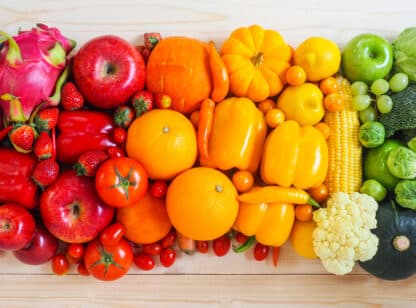




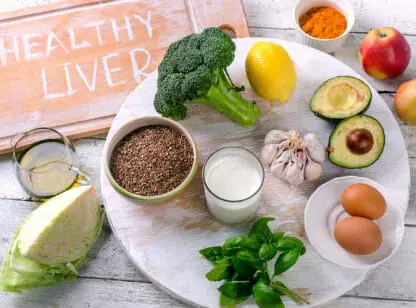



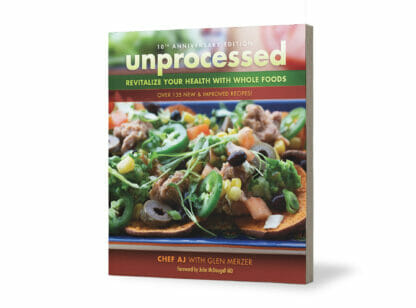


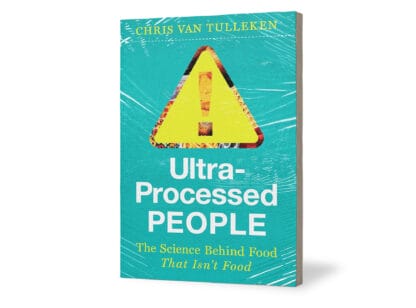

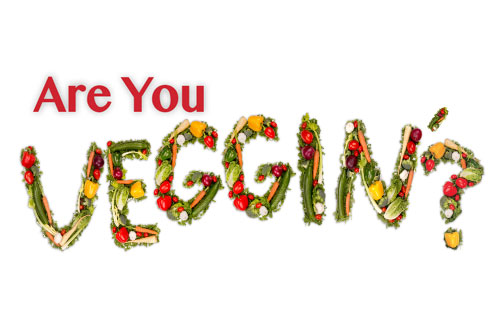































Comments (0)